Art and Design
Children are encouraged to use a wide variety of tools and materials for drawing, painting and creating imaginative and observational three dimensional work. As well as developing their own style they look at the work of other artists and explore the use of their techniques and media. It is important that children are taught how to select and look after a range of different materials.
Intent
At Tattershall Primary, we believe that teaching and learning in Art is important because it stimulates creativity, imagination and inventiveness. The purpose of our Art curriculum is to give our pupils the skills, concepts and knowledge necessary for them to express responses to ideas and experiences in a visual or tactile form. It fires their imagination and it is a fundamental means of personal expression.
“Art is not just a subject to learn, but an activity that you can practise with your hands, your eyes, your whole personality.” Quentin Blake, Children’s Laureate.
Our Art curriculum provides children with opportunities to develop their skills using a range of media and materials. Children will learn the skills of drawing, painting, printing, collage, textiles, 3D work and digital art and are given the opportunity to explore and evaluate different creative ideas. Children will be introduced to a range of works and develop knowledge of the styles and vocabulary used by famous artists. It enables children to communicate what they see, feel and think through the use of colour, texture, form, pattern and different materials and processes. Children will become involved in shaping their environments through art and design activities. Through this the children learn to make informed judgements and aesthetic and practical decisions. Children will explore ideas and meanings through the work of artists and designers. Art will not be taught in isolation, although it retains its creative base and its skills and techniques. Wherever appropriate it will be linked to other areas of the curriculum, giving our children the opportunities to develop specific art skills, and reinforce skills already established. Many areas of art link with mathematical ideas of shape and space; for example when printing repeating patterns and designs and thinking about 3D shapes to support structures. It is paramount that art work be purposeful; be this as a means of expression or to explore the styles of other artists that inspire our own work. Pupils should be clear what the intended outcomes are and have a means to measure their own work against this. In Art, our children are expected to be reflective and evaluate their work, thinking about how they can make changes and keep improving. Children are encouraged to take risks and experiment and then reflect on why some ideas and techniques are successful or not for a particular project.
Implementation
At Tattershall Primary School we have used the curriculum design model from ‘Kapow Primary’. Our curriculum supports pupils to meet the National curriculum end of key stage attainment targets and has been written to fully cover the National Society for Education in Art and Design’s progression competencies.
 Our Art and Design curriculum has five strands that run throughout and are revisited in every unit. These are:
Our Art and Design curriculum has five strands that run throughout and are revisited in every unit. These are:
- Making skills
- Formal elements (line, shape, tone, texture, pattern, colour)
- Knowledge of artists
- Evaluating
Units of lessons are sequential, allowing children to build their skills and knowledge, applying them to a range of outcomes. The formal elements, a key part of the National Curriculum, are also woven throughout units. Key skills are revisited again and again with increasing complexity in a spiral curriculum model. This allows pupils to revise and build on their previous learning. Units in each year group are organised into four core areas:
- Drawing
- Painting and mixed-media
- Sculpture and 3D
- Craft and design
Creativity and independent outcomes are robustly embedded into each unit, supporting pupils in learning how to make their own creative choices and decisions, so that their art outcomes, whilst still being knowledge-rich, are unique to the pupil and personal.
Lessons are always practical in nature and encourage experimental and exploratory learning with pupils using sketchbooks to document their ideas. Adaptations are implemented for every lesson to ensure that lessons can be accessed and enjoyed by all pupils and opportunities to stretch pupils’ learning are planned. Knowledge organisers for each unit support pupils by providing a highly visual record of the key knowledge and techniques learned, encouraging recall of skills processes, key facts and vocabulary.
At Tattershall Primary School Art is taught discreetly from Year 1 to Year 6, mostly through a weekly lesson. Due to our PAN of 20, we have single year group classes for Years R, 1, 2 and 6 and two mixed age classes; Year 3/4 and Year 4/5. In order to meet the needs of our school, we have designed a three-year cycle for the mixed age classes. This has been carefully planned and adapted to ensure that all pupils have access to a progressive curriculum.
For full information about our Art and Design Curriculum (including curriculum design, Knowledge Organisers and assessment procedures) please look at our Curriculum Handbook (Non-Core) here.
-

Self portraits
05/10/2023
-

Julian Opie Portraits
05/10/2023
-

Sculptures
05/10/2023
-
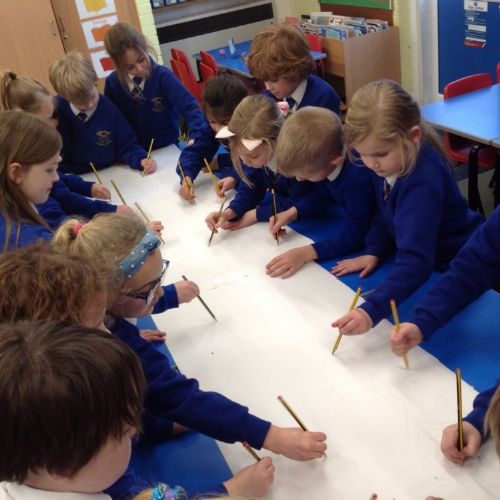
Art - Exploring Line
05/10/2023
-

Art - 3D colour drawings
05/10/2023
-
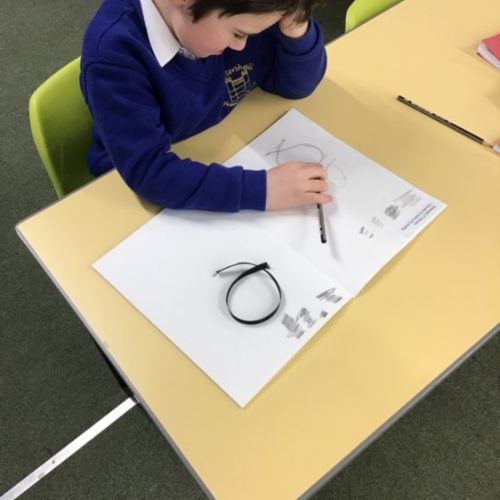
Art - 3D pencil drawings
05/10/2023
-
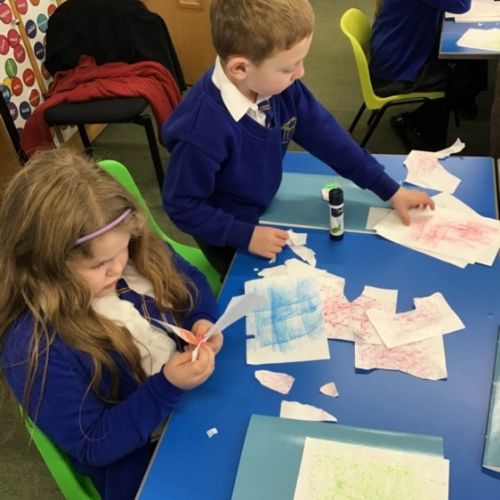
Art - Frottage
05/10/2023
-
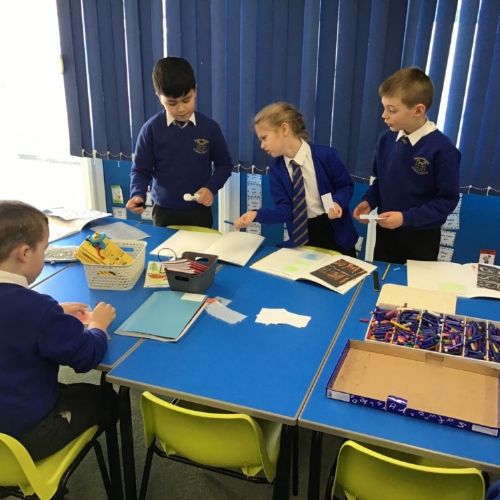
Art - Rubbings
05/10/2023
-
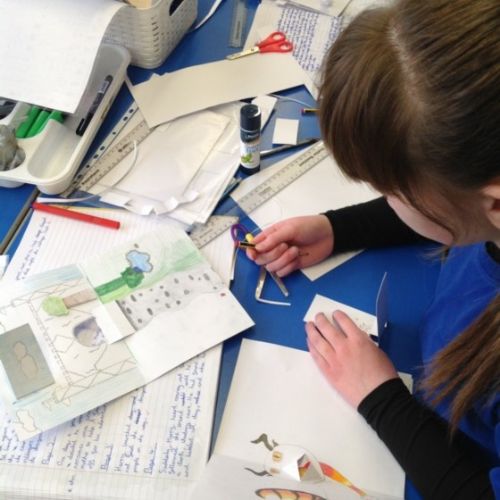
Pop-up Books
05/10/2023
-
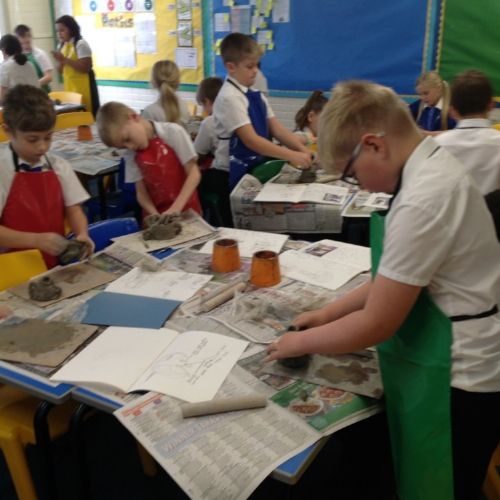
Class 5's painted vases
05/10/2023
-

Watercolour paint
05/10/2023
-

Art Skills
05/10/2023
-

Draw with Rob
05/10/2023
-

Landscapes
05/10/2023
